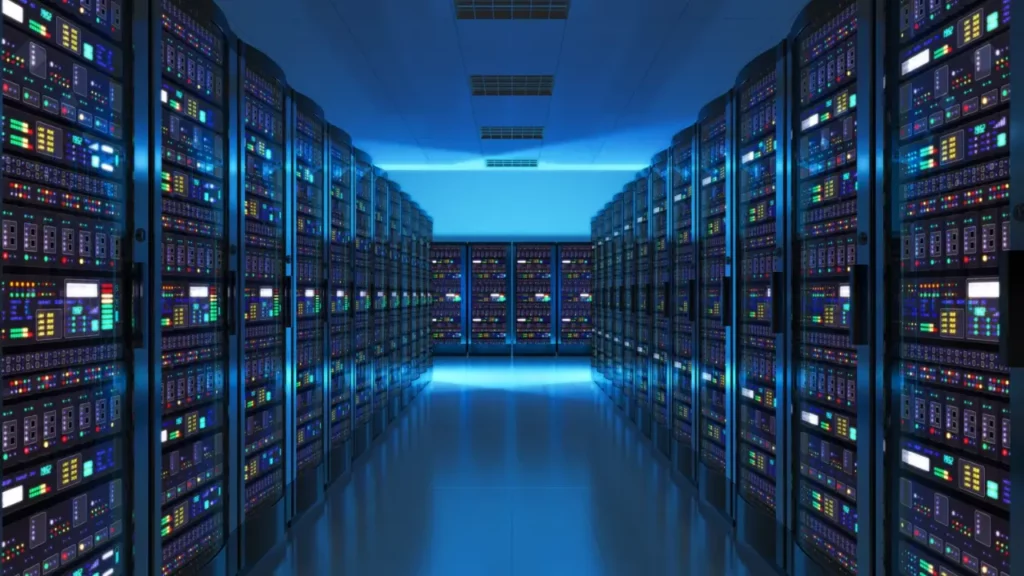
The infrastructure of any data center must include server room racks. They provide stability, protection, and effective hardware management for the critical equipment that supports the data center’s operations. In this article, we will explore the benefits and challenges of server room racks, and how they can improve data center efficiency and performance.
What are Server Room Racks?
Let’s first define server room racks so we can move on. Server room racks are metal frames that house servers, switches, routers, power distribution units (PDUs), uninterruptible power supplies (UPSs), and other IT equipment in a standardized 19-inch format. They are also known as server cabinets, network cabinets, or computer racks.
Let’s talk about server room racks’ various sizes, shapes, and configurations now that we’ve defined what they are. These depend on the type and amount of equipment they need to accommodate. Rack units (RU), which equal 1.75 inches, are used to measure a rack’s height. The width of a rack is usually 19 inches or 23 inches, while the depth can vary from 600 mm to 1200 mm.
Server room racks can be open-frame or enclosed. Open-frame racks have no doors or side panels and offer easy access and airflow to the equipment. Enclosed racks have doors and side panels that provide security and noise reduction, but may require additional cooling and cable management.
Why are Server Room Racks Important?
Next, let us look at why server room racks are important for data center infrastructure. Server room racks are important for several reasons:
- First and foremost, they give the IT equipment stability and security, guarding against damage from unauthorized access, moisture, vibration, and dust.
- Secondly, they enable effective hardware management, allowing for easy installation, removal, maintenance, and monitoring of the equipment.
- Thirdly, they maximize the data center’s available floor area and vertical space by optimizing space utilization.
- Fourthly, they make it easier to control airflow, ensuring that the equipment has enough cooling and ventilation and avoiding hot spots or overheating.
- Fifthly, they support power management, enabling efficient distribution and backup of power to the equipment and reducing energy consumption.
- Lastly, they enhance cable management, organizing and securing the cables that connect the equipment and avoiding clutter or tangling.
What are the Challenges of Server Room Racks?
However, server room racks also pose some challenges that need to be addressed:
- They require careful planning and design, taking into account the size, weight, power, cooling, and connectivity requirements of the equipment, as well as the layout and capacity of the data center.
- The racks and their accessories must be bought, installed, upgraded, repaired, and replaced, all of which are expensive maintenance tasks.
- They create environmental issues, such as noise, heat, and electromagnetic interference (EMI), that may affect the performance or safety of the equipment or personnel.
How can Server Room Racks Improve Data Centre Efficiency?
Finally, let us see how server room racks can improve data center efficiency by:
- Reducing downtime and data loss, ensuring reliable operation and IT equipment and services availability.
- Improving performance and scalability, enabling faster data processing and transmission and easier IT infrastructure expansion or modification.
- Lowering operating expenses (OPEX) and capital expenses (CAPEX), saving on energy, cooling, space, cabling, and hardware costs.
Conclusion
In conclusion, server room racks are essential for data center infrastructure. They provide stability, protection, and effective hardware management for the critical equipment that supports the data center operations. They also optimize space utilization, airflow management, power management, and cable management, leading to improved efficiency and performance. With server room racks, data centers can operate smoothly and securely 24/7.




